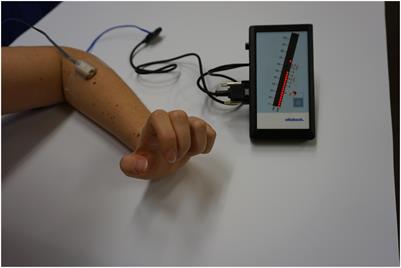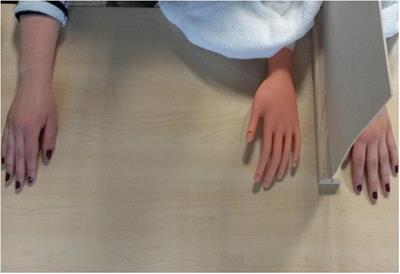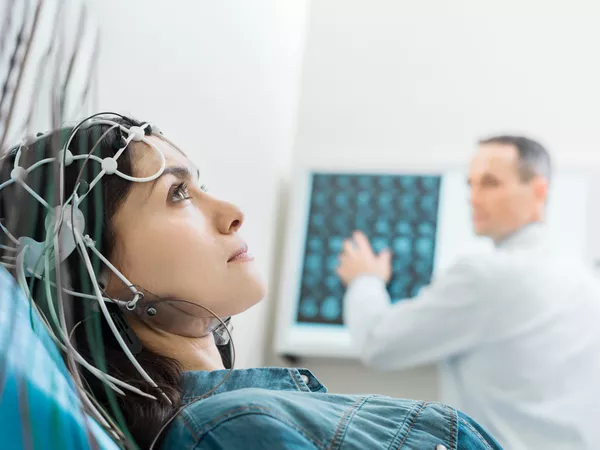METHODS
Published on 04 Dec 2018
Rehabilitation of Upper Extremity Nerve Injuries Using Surface EMG Biofeedback: Protocols for Clinical Application

doi 10.3389/fnins.2018.00906
- 13,758 views
- 82 citations
29k
Total downloads
148k
Total views and downloads
METHODS
Published on 04 Dec 2018

GENERAL COMMENTARY
Published on 18 Oct 2018
CLINICAL TRIAL
Published on 24 Sep 2018

HYPOTHESIS AND THEORY
Published on 06 Sep 2018

ORIGINAL RESEARCH
Published on 24 Jul 2018

CASE REPORT
Published on 08 Jun 2018

ORIGINAL RESEARCH
Published on 15 May 2018

ORIGINAL RESEARCH
Published on 26 Apr 2018

MINI REVIEW
Published on 09 Apr 2018
ORIGINAL RESEARCH
Published on 20 Mar 2018

CASE REPORT
Published on 19 Mar 2018

ORIGINAL RESEARCH
Published on 19 Feb 2018

